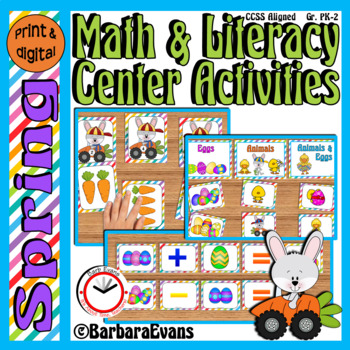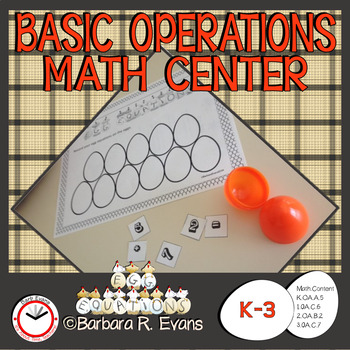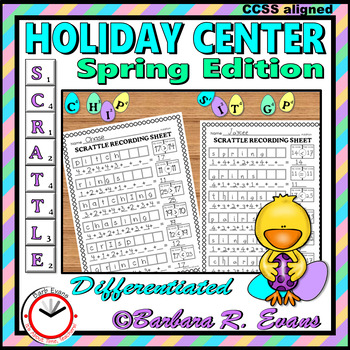The Nia Readers are a set of 4 emergent level books for beginning readers. As is typical of emergent readers, these books have consistent print placement and simple, supportive illustrations. The subject matter is familiar to young children; the language structure is natural. Each book features a set of high frequency words in predictable, repetitive sentence patterns. One or two changes are included in each book to ensure that students are attending to the text; not just repeating a memorized pattern.
- Nia’s Toys focuses on these high frequency words: has, a, & no. The text pattern is “Nia has a [toy name supported by picture]." The last two pages break the pattern. Simple, black and white pictures are attractive and inviting for the children to color.
- Nia Colors the Easter Eggs is a book of seasonal interest. It is a counting book that provides practice with color words. The text pattern is “Nia colors [number] eggs [color word]." The last page provides a change in the pattern. I recommend inviting the children to color the eggs as described by the text before reading the book independently.
- Nia Goes to the Park tells about her activities at a park and provides a focus on high frequency prepositions (on, in, and with). Other high frequency words include: plays, the, her, & a. The text pattern is “Nia plays [preposition] [article] [noun supported by picture]." The last two pages break the pattern.
- Nia’s Cupcakes is the most difficult of The Nia Readers. Predictable text is supported by the illustrations. High frequency words include: she, put, on, made, some & color words. The text pattern is “Nia/she put [numeral] [color word] jelly bean(s) on [numeral] cupcake(s).” The numbers are not in sequential order, thus requiring the reader to attend to the text. Similarly, the initial noun varies between “Nia” and “She,” providing additional opportunities for the teacher to determine the student’s attention to the text. Again, you may wish to direct the children to color the illustrations in compliance with the text, thereby offering additional support. Nia's Cupcakes also invites cross curricular extensions, such as: How many cupcakes did Nia decorate? How many jelly beans did she use altogether? Count, tally, and graph the colors of jelly beans used.

The Nia Readers make great take-home books. My students are always thrilled by that reality.
BTW, these books are named after my adorable granddaughter. Love her to the moon and back 10,000 times!
You may also like:








































